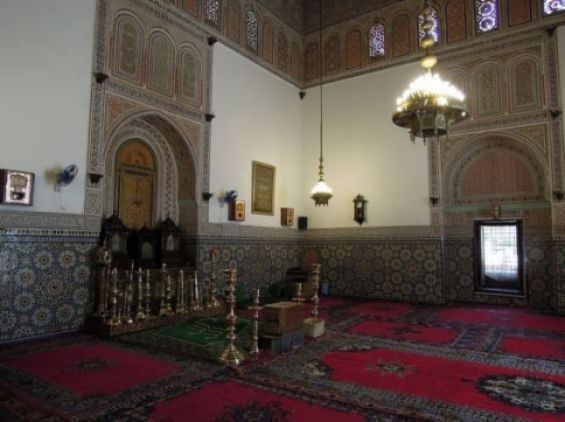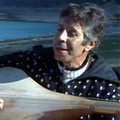Last week, the Ministry of Religious Endowments and Islamic Affairs published a report on the projects it concluded in 2019. The document revealed that the number of zawiyas and mausoleums in the Kingdom moved from 7,033 in 2018 to 7,090 in 2019.
According to data published by the ministry, this number is divided into two categories : Zawiyas (85 less during the same period) and zawiyas that are also considered mausoleums (142 more over the same period).
Most of these zawiyas and mausoleums are located in the Souss-Massa region, which hosted 1,155 units last year. Tangier-Tetouan-Al Hoceima comes next, with 1,012 Zawiyas and mausoleums. Then comes Casabanca-Settat (886), followed by Fez-Meknes (878), Draa-Tafilalet (718) and Marrakech-Safi (695).
Next come Beni Mellal-Khenifra (477), the Oriental region (425), Rabat-Salé-Kenitra (422), Guelmim-Oued Noun (300), Laayoune-Sakia El Hamra (98) and Dakhla-Oued Ed-Dahab ( 24), according to the ministry’s report.
This slight increase in the number of zawiyas and mausoleums remains «natural» and comes, among other things, to «accompany the rural world», said Mohamed Darif, a specialist in Moroccan Islamist movements. «Political Islam in Morocco has always been based on how to maintain balance and ensure coexistence between orthodox Islam, legal and close to Salafism and popular Islam, that is, Sufism», he told Yabiladi on Wednesday.
The State and the balance between Sufism and Salafism
He recalled that historically, the zawiyas have been located in the rural world, unlike orthodox Islam, based in the city and which has always refused this popular theology. However, with the evolution and the spread of Sufism in cities, «it is more and more recurrent to see zawiyas and brotherhoods in the urban world, such as the case of Zawiya Boutchichia which is present in both cities and small towns in the rural world», Mohamed Darif explained.
To him, the growing number of mosques - more than 51,000 places of worship currently -, coupled with the increasing number of zawiyas and mausoleums, show «the State’s will to maintain its control of the religious field». A «domain to be controlled with some sort of hegemony». Meanwhile, «Political Islam is used to stem religious radicalism, linked mainly to orthodox Islam», he said.
And this control is not recent. Since 2001 and the 9/11 attacks, «the State has started to think about how to counter radicalism by banking on Sufism». An operation which was carried out «without offending the incarnations of legal Islam», he stressed.
«For the State, this increase in the number of mosques and mausoleums as well as zawiyas will always be relevant, because it is believed that these are means of instilling the values of popular Islam and thwarting extremist ideas. And this duality between Sufism and Salafism has always existed».
Moreover, although new variables, such as the coronavirus, call out to the need to continue to build mosques and mausoleums instead of focusing on building schools or other health facilities, «the religious policy of the State remains a prisoner of this vision and has not yet evolved to find the conditions conducive to coexistence between these two currents», the expert concluded.





 chargement...
chargement...













